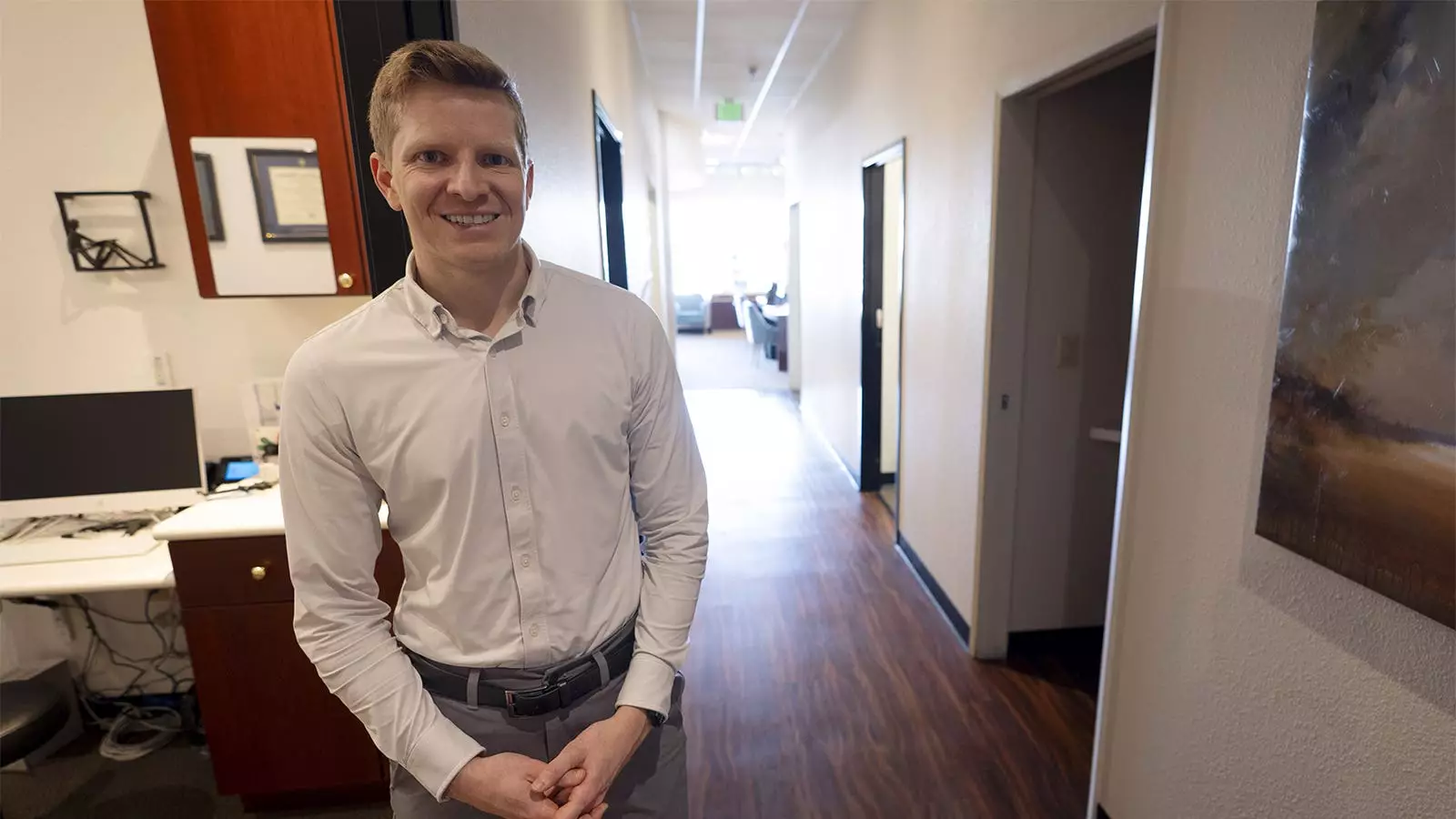Healthcare providers in California, like optometrist Hunter Morgan, have faced significant challenges when it comes to treating Medicaid patients. Although there are approximately 15 million people covered by California’s Medicaid program, also known as Medi-Cal, the rates paid to doctors have not kept up with the increasing cost of providing care. This has led to many providers, such as Morgan, struggling to maintain their practices due to the low reimbursement rates from Medicaid.
The impact of these low reimbursement rates is significant, not only for individual providers but also for the healthcare system as a whole. Many rural hospitals in California have faced financial crises due to the insufficient payments from Medicaid, requiring emergency loans to prevent closure. Additionally, patients enrolled in Medicaid often struggle to find doctors willing to treat them, leading to long distances traveled in search of care. This highlights the urgent need for increased reimbursement rates to ensure access to quality healthcare for all Californians.
In response to the challenges faced by healthcare providers, California Governor Gavin Newsom and the state Legislature have taken steps to increase Medicaid payments. One of the key strategies employed by the state is the taxation of managed care organizations, which are private companies that contract with the state to provide Medicaid benefits. By increasing this tax, the state can generate additional funding for Medicaid, which can then be used to pay doctors higher rates for treating patients.
While the efforts to increase Medicaid payments are commendable, there are still concerns about the sustainability of these changes. California’s budget deficits have been growing, which raises questions about the state’s ability to continue funding higher reimbursement rates for providers. Additionally, the federal government’s oversight of the tax on managed care organizations could impact California’s ability to collect funds for Medicaid in the future. This uncertainty poses challenges for healthcare providers who rely on these payments to sustain their practices.
As California moves forward with its plans to increase Medicaid payments for healthcare providers, it is essential to prioritize sustainable solutions. The state must carefully monitor its budget and seek alternative sources of funding to ensure that doctors receive fair compensation for treating Medicaid patients. Collaboration between state and federal stakeholders will be crucial in navigating the complexities of healthcare financing and addressing the ongoing challenges faced by providers.
Improving Medicaid payments for healthcare providers in California is a critical step towards ensuring access to quality care for all residents. By addressing the challenges of low reimbursement rates and budget deficits, the state can support providers like optometrist Hunter Morgan in delivering essential services to vulnerable populations. Through strategic planning and collaboration, California can create a more sustainable healthcare system that meets the needs of both providers and patients.

Leave a Reply